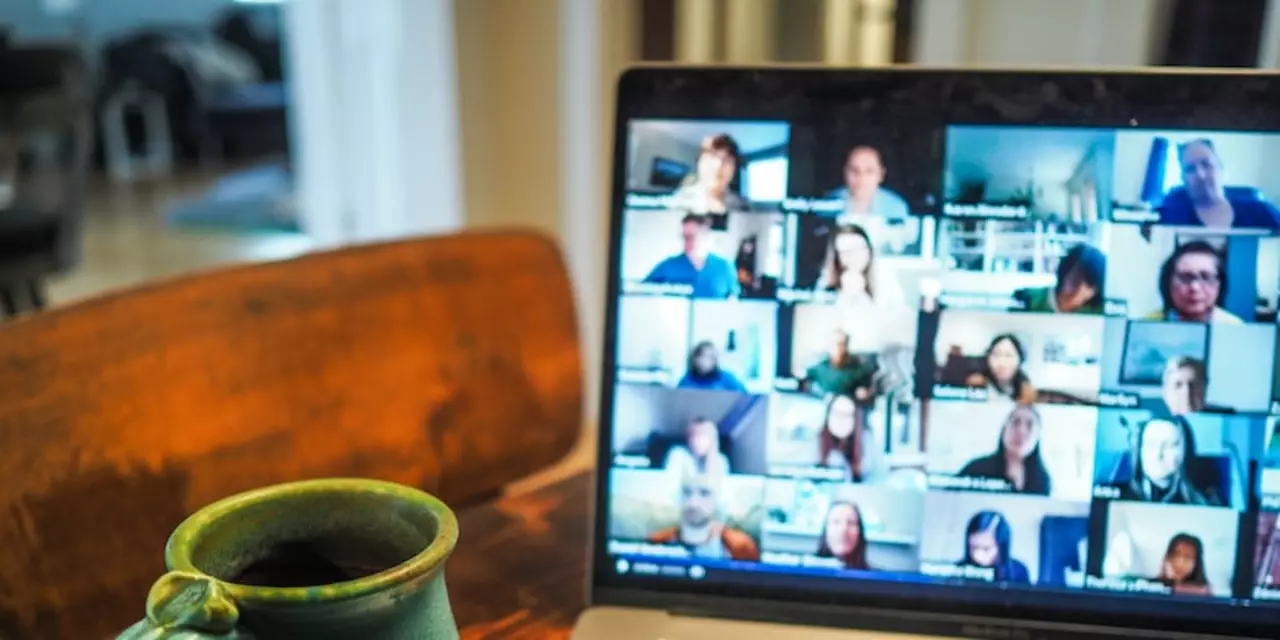
Social Media and Education: How It Impacts Learning Today
Ever scroll through TikTok and then realize you just learned a quick math hack? That’s social media slipping into the classroom without anyone noticing. It’s not a fad; it’s a real shift in how we grab info, share ideas, and study together.
Why Social Media Matters in the Classroom
First off, social platforms bring students and teachers onto the same page – literally. A quick Instagram poll can tell a teacher which topic needs more review, while a Discord chat lets a study group ask questions at any hour. The speed and reach make learning feel more like a conversation than a lecture.
Second, the amount of free content is huge. You can find a YouTube video that breaks down a complex chemistry concept in five minutes, or a Twitter thread that explains a historical event with memes that stick. Those bite‑size lessons fit the short attention spans we all have nowadays.
Challenges You Can’t Ignore
But it’s not all smooth sailing. The biggest enemy is distraction. One moment you’re reading a lesson, the next you’re scrolling endless memes. That slide into “just one more video” habit eats study time fast. Also, not every post is accurate. Misinformation spreads as quickly as facts, so students need a critical eye.
Another issue is privacy. When teachers ask students to join a private Facebook group or share work on Instagram, they must protect personal data. Schools need clear policies, and parents should stay in the loop.
So, how do you turn these risks into advantages? Teachers can set clear guidelines: use specific hashtags for assignments, schedule short “social media breaks” for study, and always verify sources together. When students know the rules, they’re less likely to drift off topic.
Students can keep a simple checklist: ask yourself if the app helps you learn, set a timer to limit scrolling, and double‑check any fact before you share it. Turning a habit into a habit of checking can save hours of re‑learning later.
Take Maya, a high‑school junior who uses a closed‑group on WhatsApp to swap notes. She says the group saved her from missing a crucial deadline because a classmate posted a reminder the night before. That little push from a social app made a real difference in her grades.
Looking ahead, the line between social media and education will keep blurring. New tools like AI‑driven study bots on TikTok or immersive AR lessons on Snapchat are already testing the waters. Embracing them early, with good habits, will keep students ahead of the curve.
Ready to make social media work for you? Start by picking one platform that fits your learning style, set a clear purpose, and watch how it transforms your study routine.
